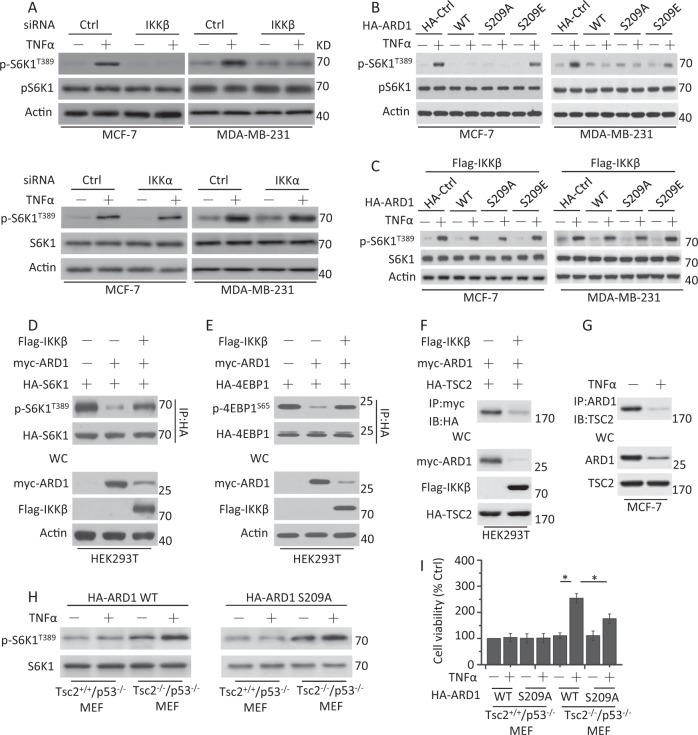Fig. 2. ARD1 inhibits the mTOR activity through IKKβ regulation.
a Cells were transfected with Ctrl siRNA, IKKβ, or IKKα siRNA for 48 h, serum-starved overnight, and then treated with TNFα for 1 h. Treated cells were collected for western blot analysis of the expression of the protein shown in the figure. β-Actin was used as a protein loading control. p-S6K1T389 means the phosphorylation status of S6K1. b Cells were transfected with HA-Ctrl, HA-ARD1 WT, or HA-ARD1 mutants for 48 h, serum-starved overnight, and treated with TNFα for 1 h. Treated cells were collected for western blot analysis of the expression of the protein shown in the figure. c Cells were cotransfected with FLAG-IKKβ, HA-Ctrl, HA-ARD1 WT, or HA-ARD1 mutants for 48 h, serum-starved overnight, and treated with TNFα for 1 h. Treated cells were collected for the detection of protein expression. d Lysates of HEK293T cells cotransfected with FLAG-IKKβ, Myc-ARD1, and HA-S6K1 were analyzed with antibodies directed against the HA tag by coimmunoprecipitation and immunoblotting by p-S6K1T389 and HA. e HEK293T cells were cotransfected with FLAG-IKKβ, Myc-ARD1, and HA-4EBP1, and then the cells were lysed for coimmunoprecipitation assay as described in d. f HEK293T cells were cotransfected with FLAG-IKKβ, Myc-ARD1, and HA-TSC2 and then treated as described in d. g MCF-7 cells were serum-starved overnight and treated with TNFα for 1 h. Cell lysates were immunoprecipitated with specific antibodies to ARD1 and TSC2 to identify the association of endogenous proteins. h Indicated cells were transfected with HA-ARD1 WT or HA-ARD1 S209A, serum-starved overnight, and then treated with TNFα for 1 h. Cell lysates were collected for the detection of the change of p-S6K1T389. i Treated cells as described in h were collected for the detection of cell viability and proliferation. Graphs showing results of quantitative analyses (n = 3, mean ± S.D. *P < 0.05)

